
The United States is entering a new era of climate action. As the Inflation Reduction Act (IRA) of 2022 becomes law, we mark a historic moment for the advancement of clean energy technologies and decarbonization of the U.S. electric grid.
This long-awaited, broad-based climate legislation will provide corporate climate leaders in the U.S. with more support and incentives to accelerate their clean energy investments, and we hope that this legislation will encourage more organizations to take steps to address their emissions and strive toward a low-carbon future. Here’s an overview of the implications for U.S. organizations who are working on climate commitments.
Implications for corporate climate action in the Inflation Reduction Act
The IRA provisions aim to strengthen innovation with investments in new clean energy technologies, expand domestic clean energy production and manufacturing, and lower energy prices for customers. Early analysis of the IRA indicates that the emissions reduction component of the bill has the potential to put the U.S. within reach of the U.S. Paris Agreement goals. Analysis by The Rhodium Group shows U.S. net greenhouse gas (GHG) emissions declining by 32-42% below 2005 levels in 2030 as a net result of the provisions in the IRA.
Though greater climate action will be needed for the U.S. to meet our 2030 Paris Agreement goals, this legislation promises significant progress towards meaningful emissions reductions through the development of clean energy technologies, which will help to make progress toward the U.S. climate commitment. The incentives in the IRA pave a path for corporate buyers to step up action and advance climate-related commitments.
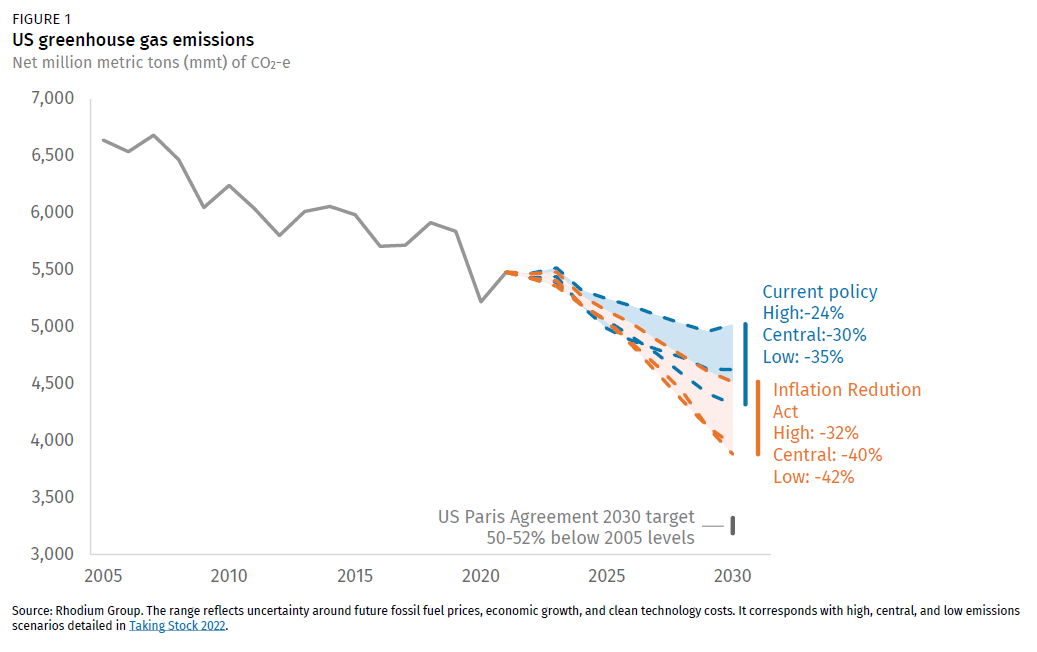
What’s in the Inflation Reduction Act: Climate and clean energy opportunities
The IRA allocates $369 billion over 10 years to advance clean energy technologies, reduce GHG emissions, and support environmental justice issues. The law expands existing tax incentives and introduces incentives for developing technologies, including clean hydrogen, standalone storage, nuclear, sustainable aviation, and transportation electrification provisions. The law also introduces prevailing wage and apprenticeship program requirements and opportunities for projects to earn bonus credits.
The IRA has the potential to rapidly transform the U.S. energy grid and spur clean energy innovation that will create more project and financing opportunities for many energy customers. While the law does not directly impact the voluntary market, the climate portions of the IRA represent the biggest investment in clean energy sources in U.S. history and are approximately four times larger than the incentives included in the Obama Administration’s American Recovery and Reinvestment Act of 2009.
Below is an overview of topline provisions in the IRA that are relevant to U.S. organizations.
- Clean Energy Tax Credits — The new law offers many new and expanded tax credits, including several that will benefit climate and clean energy development.
Production Tax Credits (PTC)
+ Clean Hydrogen PTC–Creates a new 10-year incentive for clean hydrogen production with four tiers and a maximum of 4 kilograms of CO2 equivalent (CO2e) per kilogram of hydrogen (H2).
+ Advanced Manufacturing PTC–Creates a tax credit for the production of clean energy technology components that are produced in the U.S. or by a U.S. possession. This would include solar components, wind turbines and offshore wind components, battery components, and critical minerals needed to produce these components.
+ Renewable Electricity PTC–Extends the existing production tax credit for applicable renewable energy sources, including solar facilities. This tech-specific PTC ends in 2024 and is replaced by a new tech-neutral Clean Electricity PTC which begins in 2025. The Clean Electricity PTC would create a credit of 1.5 cents per kWh of electricity produced and sold or stored at facilities placed into service after 2024 with zero or negative GHG emissions.
Investment Tax Credits (ITC)
+ Extension of Energy ITC–Extends the existing investment tax credit for applicable energy projects to 2024 and maintains a 30% credit for solar and energy storage technologies. This tech-specific ITC ends in 2024 for most technologies, and is replaced by the new tech-neutral Clean Electricity ITC beginning in 2025. The Clean Electricity ITC creates a credit of 30% of the investment in the year the facility is placed in service.
+ Advanced Energy Product Credit–Extends the 30% investment credit to clean energy projects to strengthen domestic energy manufacturing and support the production and recycling of clean energy projects. This also includes projects at manufacturing facilities that want to reduce their GHG emissions by at least 20%.
Fuel Tax Credits
+ Sustainable Aviation Fuel (SAF) Credit–Provides a credit starting at $1.25 per gallon for aviation fuel that reduces GHG emissions by 50% and increases by one cent for each additional percent reduction (max $1.75 per gallon). This credit is through 2026.
Clean Vehicle Tax Credits
+ Commercial Clean Energy Credit–Creates a $7,500 tax credit for the purchase of EVs or other qualified clean vehicles (Class 1-3). A $40,000 credit is provided for class 4 and above.
+ Extension of Alternative Fuel Refueling Property Credit–Extends tax credits for alternative fuel refueling property placed into service before 2033 and increases the tax credit to 30% of the cost of alternative fuel refueling property up to $100,000.
- Prevailing Wage and Apprenticeship Requirements
In order for projects to receive the maximum ITC or PTC outlined above, projects must meet a prevailing wage and apprenticeship program requirement for project construction and operation. This applies to facilities 1 megawatt (MW) and above, and would begin 60 days after the IRS issues guidance on this requirement.
- Bonus Credits
The IRA provides additional opportunities for projects to receive “bonus credits” for facilities that are placed into service after 2022. An additional 10% credit is available for projects that meet certain domestic content requirements. A facility can receive an additional 10% credit for projects that are located in an energy community.
- Direct Pay
Many of the tax credits in the IRA include a direct pay option for tax-exempt entities, including state and local governments, rural electric coops, and Native American tribal governments. This essentially provides certain organizations with the option to treat certain tax credit amounts as payments of tax. Payments in excess of tax liability can be refunded to these organizations, allowing for the credits to be received as direct pay.
While the majority of businesses would not be eligible for this option, the IRA includes a transferability option that could increase flexibility and options for energy buyers to access this credit.
Inflation Reduction Act impact on voluntary clean energy buyers
The IRA will put the U.S. on a pathway to transform the electric grid and rapidly reduce GHG emissions. For voluntary buyers and corporates, the IRA will:
- Increase project availability and create new project financing options–With the significant number of tax credits and options for bonus credits in the IRA, voluntary buyers can anticipate more project supply and new financing options that take advantage of either the Clean Electricity ITC or PTC as well as the bonus credit incentives.
- Incentivize a broader suite of clean energy technologies–The IRA introduces new tax credits and clean energy financing for a range of clean energy technologies, including clean hydrogen, nuclear, storage, carbon capture and sequestration, and electric vehicles. These incentives will not only drive investment into the development and deployment of new, emerging technologies needed to drive grid decarbonization, but also provide voluntary buyers with more options to meet their own climate and sustainability goals.
- Enable more impactful procurement decisions–In order to take advantage of the increased tax credits and bonus credits outlined in the IRA, voluntary buyers should anticipate how to address the IRA’s prevailing wage and apprenticeship program requirements and costs into their procurement decisions. Additionally, voluntary buyers should consider how their procurement and/or siting decisions could leverage the domestic content requirements or meet the energy community requirements.
What’s next for the Inflation Reduction Act
President Biden signed the IRA into law on August 16, 2022. The Internal Revenue Service and other agencies will need to provide additional guidance on how the IRA will be implemented. The extension of the existing ITC and PTC incentives can be retroactively applied to projects put into place as early as January 1, 2022. Bonus credits and new tax credits apply only to projects put into place in 2023 or later.
The 3Degrees team will continue to analyze this legislation and engage with our clients on how the IRA will impact their specific climate action plans in the coming years. Though the IRA is imperfect, it is another tool in the toolkit of climate action, and we hope it galvanizes many Americans and global citizens to accelerate their fight to reduce the impact of climate change for all.

 Having a large portfolio and pipeline of impact-based projects.
Having a large portfolio and pipeline of impact-based projects. 


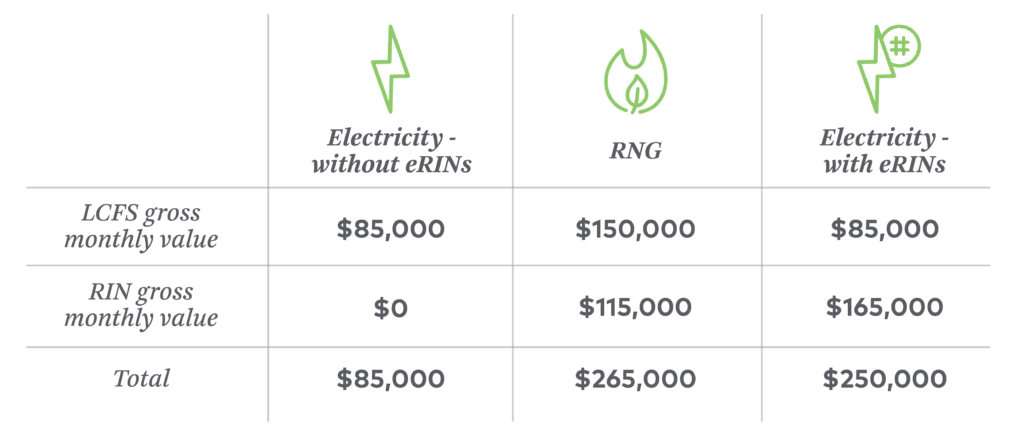

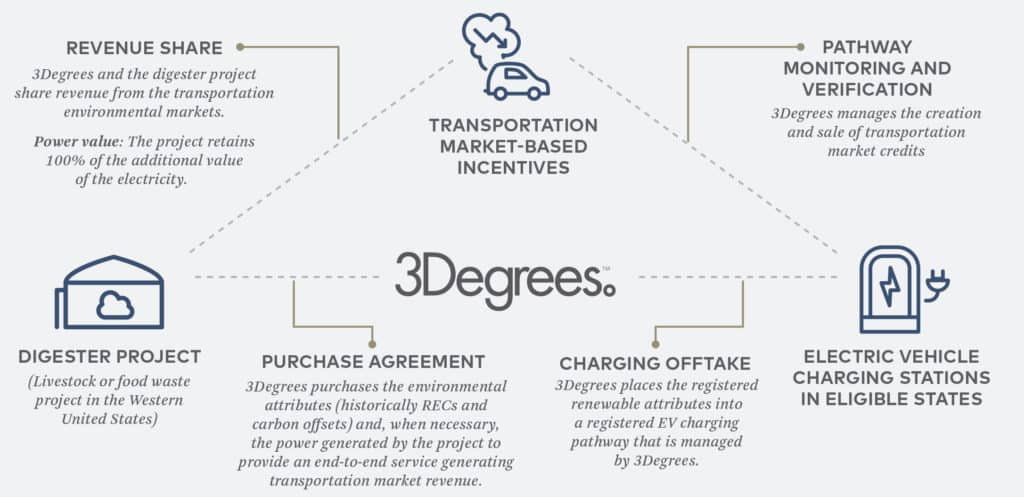

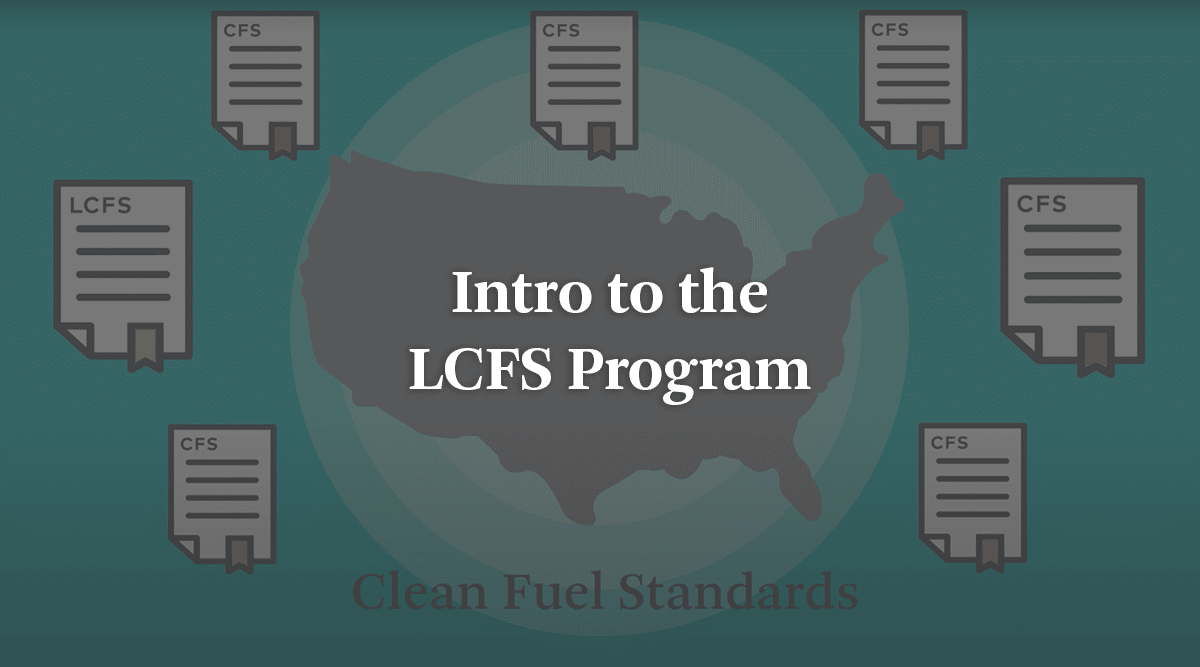



 Health:
Health: Economic:
Economic:
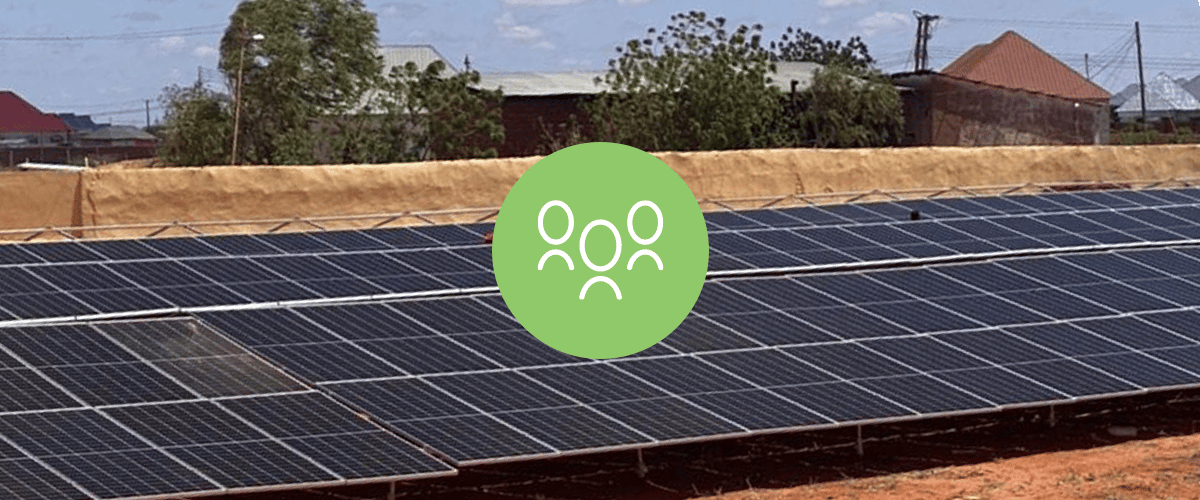

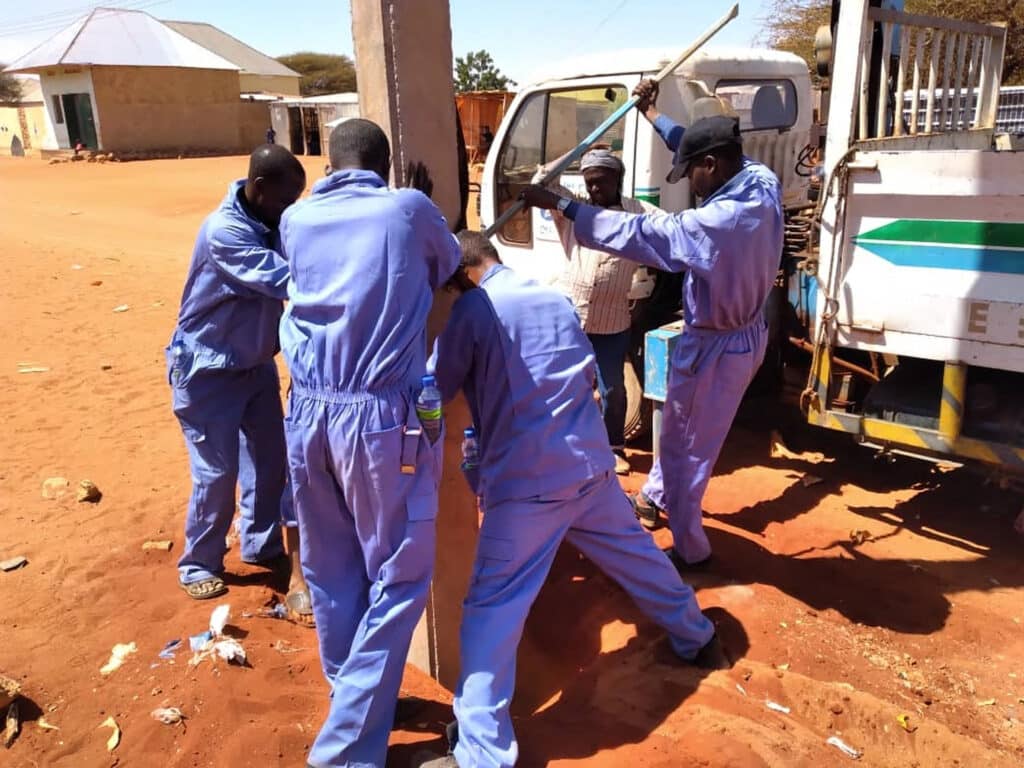
Recent Comments